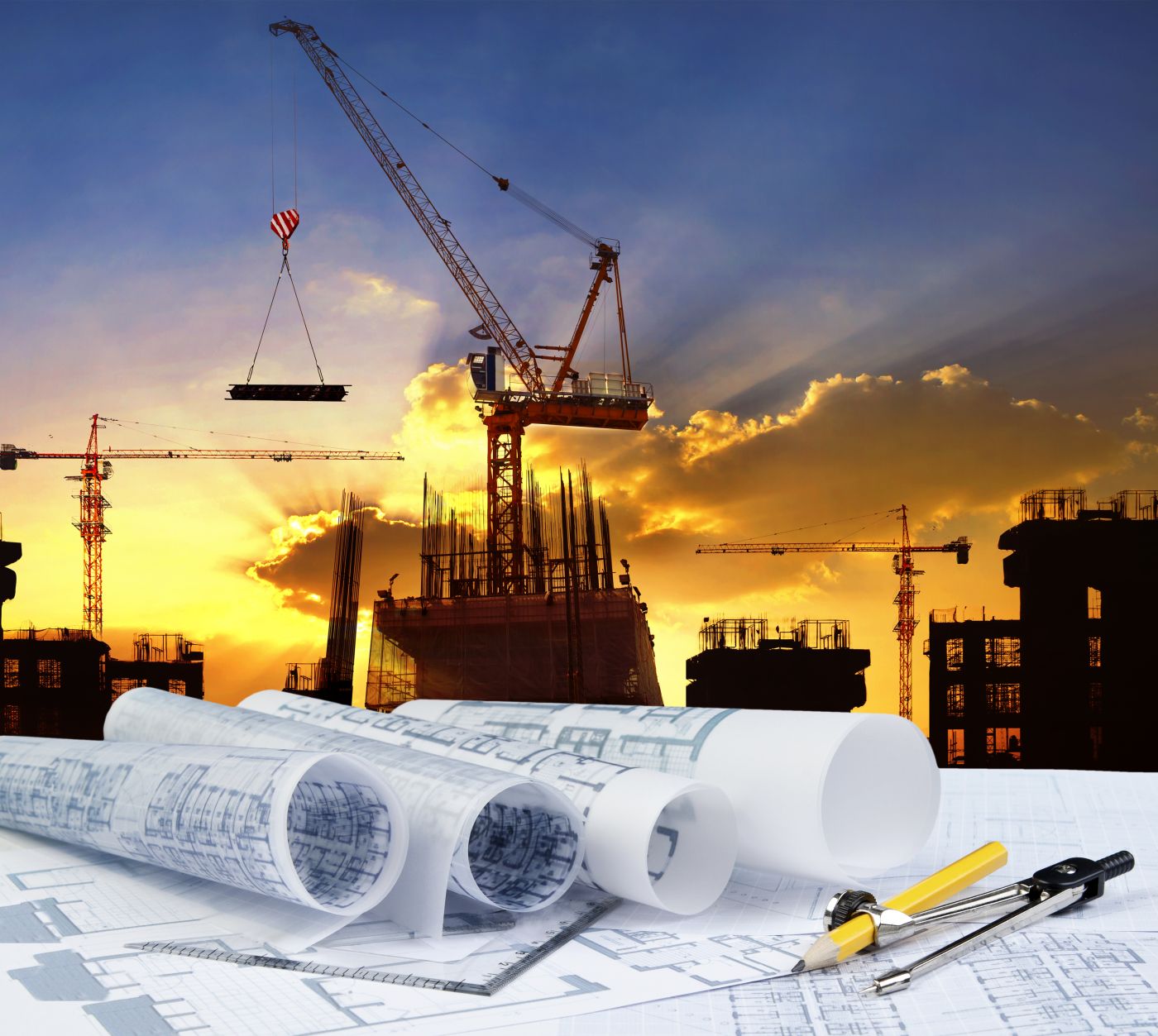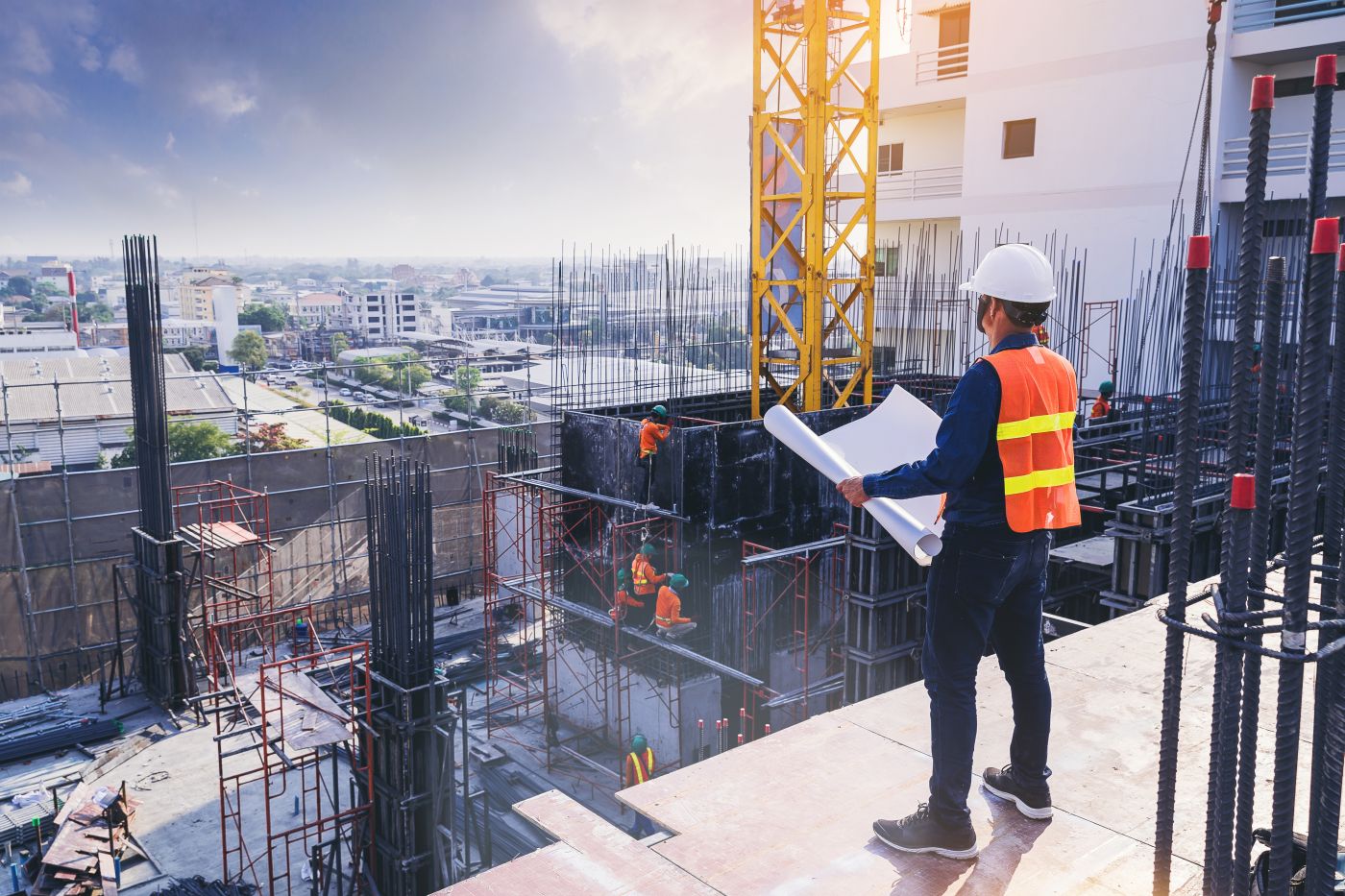Project Documentation Audit
An audit is the process of reviewing and controlling project documentation conducted by persons authorized by the Ministry of Physical Planning, Construction and State Assets.
In accordance with the law, project documentation is controlled with regard to the mechanical resistance and stability of structures.
A person may be authorized to perform project documentation auditing if they have a minimum of 10 years of professional experience in designing statically complex structures, if they have conducted a minimum of one expert supervision of statically complex structures, and if they have made significant contributions to the technical profession through their scientific or professional work.
It is the responsibility of the auditor that the project or a part of the project which they have audited and gave a positive report for meets the requirements of the Construction Act, of any special legislation and regulations adopted on the basis of the Act, as well as all the technical specifications and professional practice in connection to the controlled properties.
The auditor may not perform the control of a project they were involved in, whether fully or partially, nor may they control projects developed and/or carried out, fully or partially, by their employer.
Project control (audit) is carried out with regard to the mechanical resistance and stability of the following groups of load-bearing structures:
- concrete and masonry structures;
- metal and composite structures;
- wooden constructions; and
- geotechnical structures.
The following types of structures are subject to project documentation auditing:
- buildings (structures with a span of 10m and more, construction area 800m2 and more, height 20m and more, cantilever lengths 5m and more, suspended facades);
- industrial and public structures (silos, bunkers, halls with construction area of 800m2 and more or a span of 10m and more, free-standing columns of height measured from the bottom of the foundation to the top of the column 9m and more, stands…);
- traffic structures (embankments, cuts over 10m, retaining walls 5m high and more measured from the bottom of the foundation to the top of the wall, bridges with span 12m and more or column height 10m and more measured from the bottom of the foundation to the top of the column…);
- energy structures (transmission lines 110 kV and higher, wind farms…);
- water structures (dams with reservoirs that meet the criteria of large dams 5m high and more measured from the bottom of the foundation to the top of the dam, flood protection embankments and reservoir embankments 5m high and more…);
- underground structures (tunnels and other underground structures deeper than 5m measured from the terrain surface during the construction phase);
- underground structures (underpasses, open pits deeper than 5m measured from the surface of the terrain during the construction phase); and
- special foundations and landslide remediations (foundations on caissons, wells, piles, foundations on improved soil 5m thick and more, landslides of area 500m2 and more and landslides of depth 3m and more).
If a structure is not subject to project documentation audit, but it is built directly next to an existing building, control is required regarding the mechanical resistance and stability of load-bearing structures and foundation soil.
For these groups of structures, project documentation audit is mandatory for main designs, and in the case of more complex structures and interventions, the auditor may conclude in their audit report that additional control is needed and may request the detailed design be submitted for inspection.
At Geotech, one of our new business activities is the service of auditing for geotechnical structures. Mirko Grošić, PhD, B.Sc. is entered into the Directory of Certified Civil Engineers under ordinal number 110, in the Auditor class, and has obtained authorization to control projects with regard to mechanical resistance and stability in Technical area 4: Technical area of geotechnical structures: (GK). In this way, in addition to providing services of geotechnical investigation and testing, design, supervision and consulting, our company also provides auditing and controlling services for geotechnical designs.

